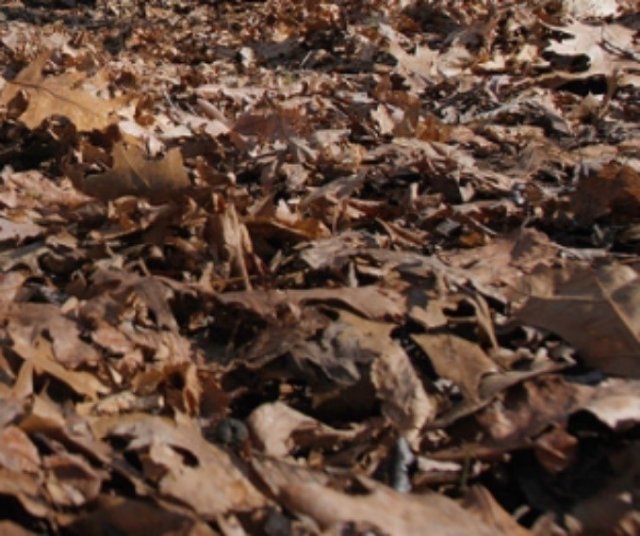Yard Trimmings: Material-Specific Data
Yard trimmings include grass, leaves, and tree and brush trimmings from residential, institutional and commercial sources. This web page is a brief summary of yard trimming-specific data in municipal solid waste (MSW). For more comprehensive information, check out the 2018 Data Tables on the Advancing Sustainable Materials Management: Facts and Figures Report page.
On this page:
Overview

EPA measures the generation, recycling, composting, combustion with energy recovery and landfilling of yard trimming material in MSW.
EPA estimated that the generation of yard trimmings in MSW was 35.4 million tons in 2018, which is 12.1 percent of MSW generation.
EPA analyzed information from state composting programs to calculate the composting of yard trimmings. This analysis resulted in an estimate of 22.3 million tons of yard trimmings composted or wood waste mulched in 2018 with a 63 percent composting rate. State-reported composting tonnages may vary on a yearly basis with the amount of storm debris composted.
It should be noted that the estimated 22.3 million tons recovered for composting in 2018 does not include yard trimmings recovered for direct disposal, which are subsequently spread on the land. It also should be noted that these recovery estimates do not account for backyard composting by individuals.
The total amount of yard trimming material in MSW combusted in 2018 was 2.6 million tons. This represents 7.4 percent of all MSW combusted with energy recovery that year.
In 2018, landfills received about 10.5 million tons of yard trimmings, which comprised 7.2 percent of all MSW landfilled.
Please read the EPA Methodology Document for further information on estimating generation and management for yard trimmings.
Summary and Graph
The data below are from 1960 to 2018, relating to the total number of tons of yard trimmings generated, recycled, composted, combusted with energy recovery and landfilled.
| Management Pathway | 1960 | 1970 | 1980 | 1990 | 2000 | 2005 | 2010 | 2015 | 2017 | 2018 |
|---|---|---|---|---|---|---|---|---|---|---|
| Generation | 20,000 | 23,200 | 27,500 | 35,000 | 30,530 | 32,070 | 33,400 | 34,720 | 35,180 | 35,400 |
| Recycled | - | - | - | - | - | - | - | - | - | - |
| Composted | - | - | - | 4,200 | 15,770 | 19,860 | 19,200 | 21,290 | 24,420 | 22,300 |
| Combustion with Energy Recovery | - | 90 | 550 | 5,240 | 2,860 | 2,220 | 2,510 | 2,630 | 2,110 | 2,570 |
| Landfilled | 20,000 | 23,110 | 26,950 | 25,560 | 11,900 | 9,990 | 11,690 | 10,800 | 8,650 | 10,530 |
Sources: Composting data were from state environmental agency websites.
A dash in the table means that data is not available.
